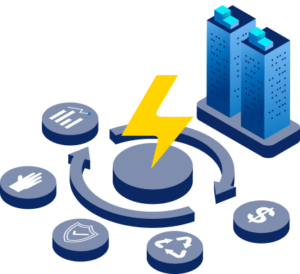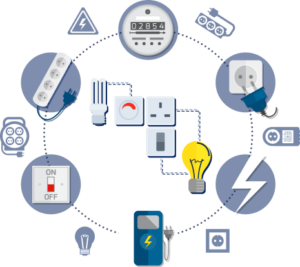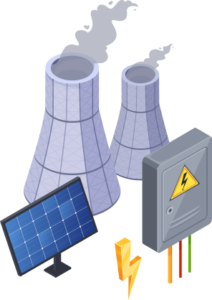-
Energy Disaggregation
Harness advanced intelligence to track, analyze, and optimize energy consumption at the appliance level
Unlock Hidden Energy Patterns: Disaggregate and Optimize
Key Features
Harness the power of advanced artificial intelligence and machine learning to unlock appliance-level energy insights without the need for additional hardware. Our NILM technology leverages smart meter data to precisely identify and disaggregate energy consumption patterns, delivering cost-effective and scalable solutions for utilities worldwide.
Stay ahead of the curve with our extensive, continuously updated appliance signature database. This unparalleled repository accommodates a wide array of devices and adapts to regional and demographic nuances, ensuring reliable, precise energy disaggregation—no matter where in the world it’s deployed.
Our AI models continuously evolve by recognizing behavioral shifts, seasonal demand changes, and new appliance usage trends. By learning from real-world energy consumption patterns, the system intelligently refines its disaggregation accuracy over time. This ensures that as new devices enter the market or consumer behaviors change, energy insights remain precise and relevant—without the need for costly manual recalibration.
Achieve effortless interoperability. Our enterprise-grade solution integrates seamlessly with existing IT and OT ecosystems, enabling near real-time data exchange. Whether deployed locally or across a national grid, our platform minimizes disruption and ensures a smooth transition to cutting-edge energy management.
Transform complex energy data into actionable insights with intuitive dashboards and mobile applications. By providing clear visualizations and meaningful analytics, we empower users to make smarter energy decisions, reduce waste, and drive meaningful efficiency improvements.

Ready to explore further? Access the complete technical specifications and datasheet here.
Benefits

Enhanced Energy Visibility and Consumer Engagement
Deliver the ultimate energy clarity. Our appliance-level breakdowns help utilities and end-users alike understand their consumption patterns. This deeper insight fosters smarter energy choices, reduces waste, and strengthens customer relationships through personalized recommendations and engagement.
Optimized Grid Efficiency and Load Management
Take control of your grid’s performance. With precise disaggregation data, utilities can identify peak demand trends, balance transformer loads, and maintain grid stability—even during high-consumption periods. The result? Improved infrastructure reliability and maximized efficiency.


Enabling AI-Driven Insights and Sustainability Goals
Empower your organization to make a lasting impact. Granular energy data supports smarter investments in energy-efficient appliances and demand response programs. With these actionable insights, utilities and consumers alike can reduce carbon footprints and accelerate progress toward net-zero targets.
Take a product tour to discover the top reasons companies choose Energy Disaggregation
Learn more about the Energy Disaggregation
Our Customers
